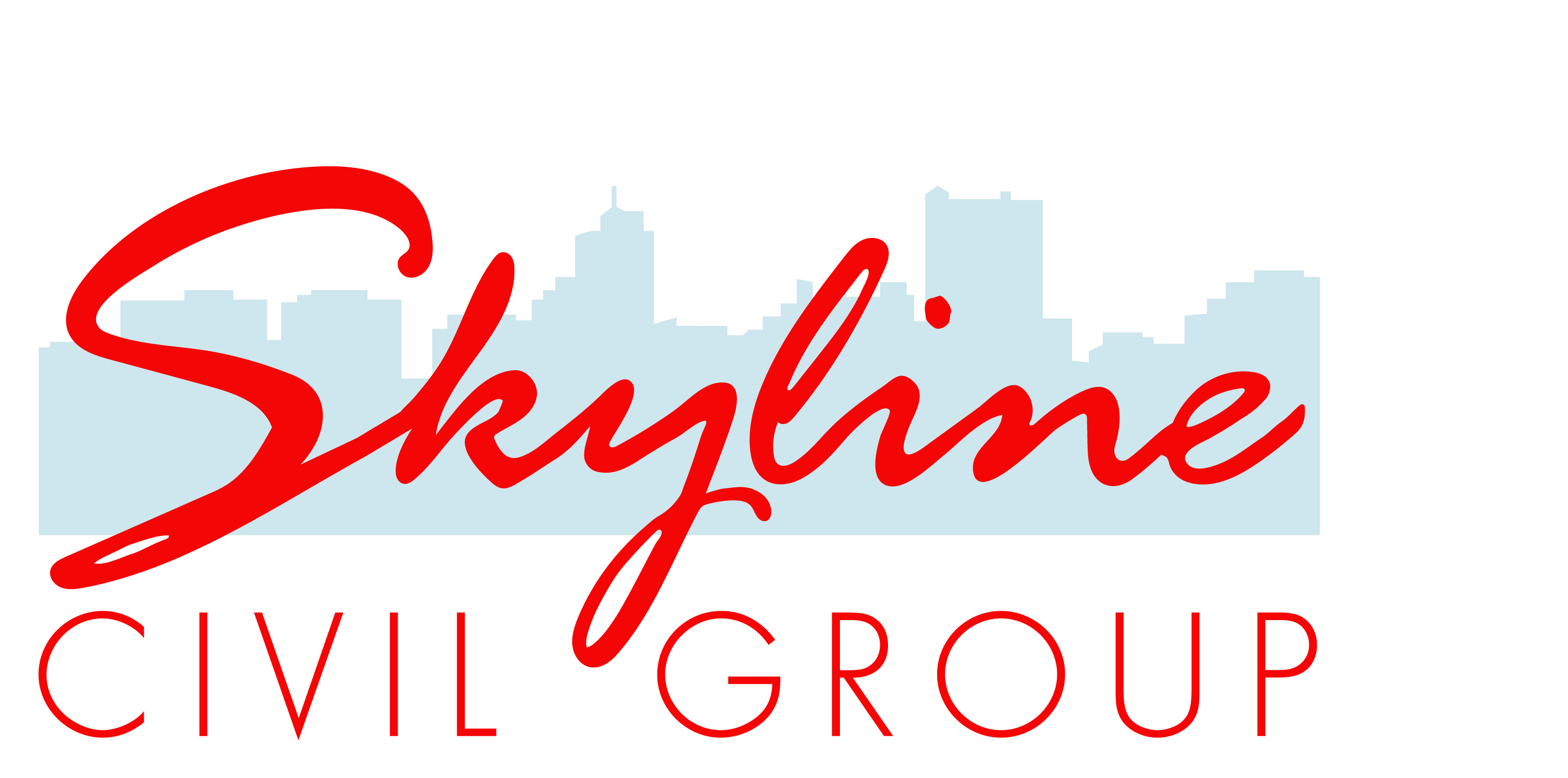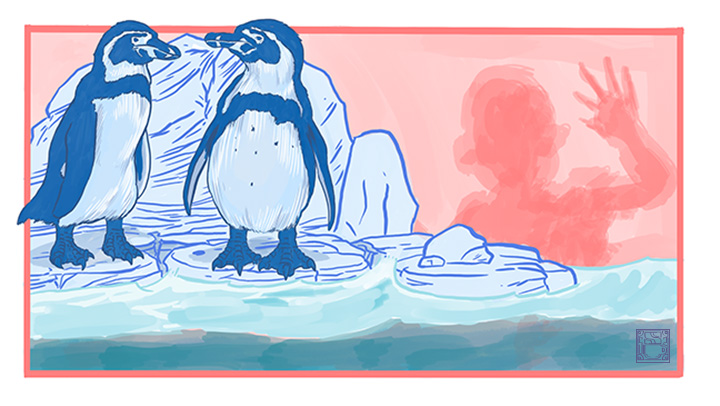The Challenges of Engineering Nature
One of the main challenges for civil engineers in the zoo industry is how to create structures that make up close engagement between humans and animals possible while keeping both parties safe and comfortable. There are many factors to consider when approaching this issue, everything from animal behavior, land surveying, animal care guidelines, human traffic flow patterns, and the climate of the area the zoo is in versus the natural environments of each animal.
Lloyd Ketchum, civil engineer and professor at Notre Dame, teaches his students to view zoos as cities in miniature, with roads, buildings, bridges, animals, and people. He often takes his students to the zoo in order to break them in on a number of challenges that they will face in all sorts of projects in the future.
When it comes to a new exhibit you have to study the animals, talk with those taking care of them, visit a variety of other zoos to see how they handle specific challenges, and familiarize yourself with the exacting standards set by the Association of Zoos and Aquariums. But the challenges don’t end there.
Different zoos face different challenges; the Fort Worth Zoo had to account for flood control based on the location of the site chosen. Other zoos like the Woodland Park Zoo have to plan new systems to fit both environmental standards for the area and to keep the animals happy, when they opened up their penguin exhibit they had to account for the issues they had with sanitation based on previous aquatic animal enclosures, so a new filtration system was created to allow for the removal of animal waste, providing a clean and pleasant environment for the people observing and a healthy one for the animals to live and play in. On top of all of this the enclosures also have to be made so that access can be made ready quickly when animals are sick or need to be rotated out for various reasons.
Many zoos incorporate behavioral science when designing their environments; this may mean something as simple as dying the color of the water for a moat to keep primates that will not swim in water that they can’t see the bottom of from escaping, to upping the temperature for the komodo dragons to keep them in a state of passivity that will protect the zookeepers during feedings. Some animals may not even need much of an enclosure at all when taking behavior into account, some insects, spiders and even birds may have certain behaviors keep them inside a small area, allowing for a wall-less habitat; for example: the Golden Orb Weaver will remain motionless on its web until prey falls in, as a result some zoos have taken to displaying them with no glass in between them and onlookers as the animal will not attempt escape due to its instincts as an ambush predator.
Another engineering issue is foot traffic, as many venues will have a substantial amount of people to account for pathways that direct foot traffic in very specific directions may be constructed, guiding the human visitors from one exhibit to the next based on their behaviors as well. A lot of zoos also provide outdoor and indoor venues for education as well as recreation, so the people can relax and learn in a place away from the animals for a short time, a welcome respite for many parents.

